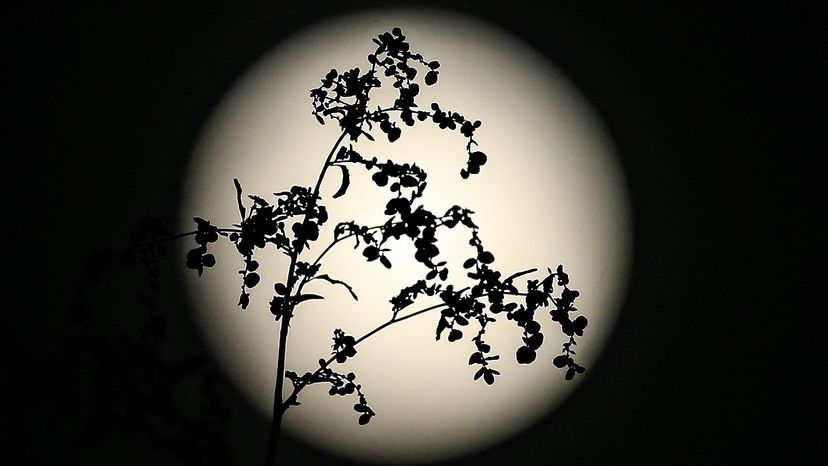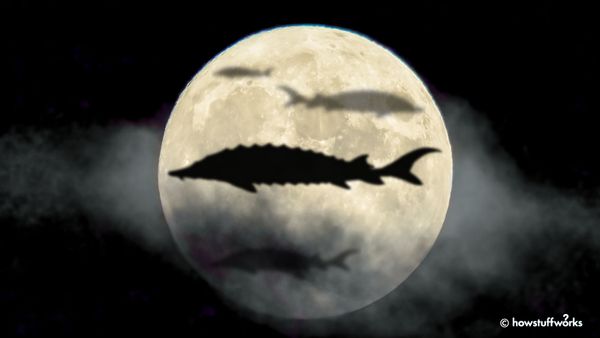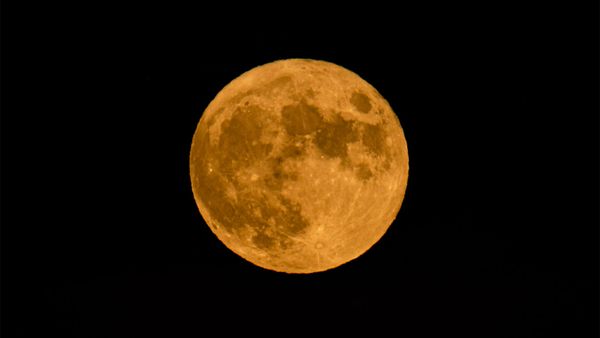Here's a list of some of the most common names for the full moon in the Northern Hemisphere, with alternate names in parentheses, along with the dates they appear in 2023.
Jan. 6: Wolf Moon (Old Moon, Moon After Yule)
When January's icy grip clutches the land, hungry wolves roam in search of prey. Their lonely howls inspire the name of this moon.
Feb. 5: Snow Moon (Hunger Moon)
In North America, this is a snowy and frigid month. It's also a lean time when food is hard to find in the wild.
March 7: Worm Moon (Crow Moon, Sap Moon)
As February's deep freeze relents, March winds warm the land, and earthworms begin to awaken from their winter slumber.
April 6: Pink Moon (Egg Moon, Grass Moon)
Native Americans noted pink wildflowers emerging around the time of the April full moon. The flowers' hue gave rise to the moniker "pink moon."
May 5: Flower Moon (Milk Moon, Planting Moon)
April showers bring May flowers, so May is a time of lush revitalization across North America.
June 3: Strawberry Moon (Flower Moon, Rose Moon)
If you really love strawberries, you plant the June-bearing species. Then, as June's sunlight warms the land, your plants bear fruit under the full June moon.
July 3: Buck Moon (Thunder Moon, Hay Moon)
Every year, male deer begin growing their antlers anew around July. The buck moon marks this occasion.
Aug. 1: Sturgeon Moon (Grain Moon, Green Corn Moon)
In North America, sturgeon became more abundant and easier to catch in August, making this the sturgeon moon.
Aug. 30: This is a blue moon, an extra moon in the same month. This will be the biggest full moon of the year.
Sept. 29: Harvest Moon (Fruit Moon)
As summer fades, the weather turns cold and the days get shorter. The harvest moon is nigh.
Oct. 28: Hunter's Moon
After a summer of plenty, the game animals of North America are in peak condition. It's traditionally the best time for hunters to take to the field, stocking up on meat for the winter.
Nov. 27: Beaver Moon (Frosty Moon)
Beavers briskly prepare their dams for winter, and trappers step up their efforts to catch the chubby little guys in the act. It's the Beaver moon.
Dec. 26: Cold Moon (Full Long Nights Moon)
If you've ever been to North Dakota in December, this one requires no interpretation whatsoever.



